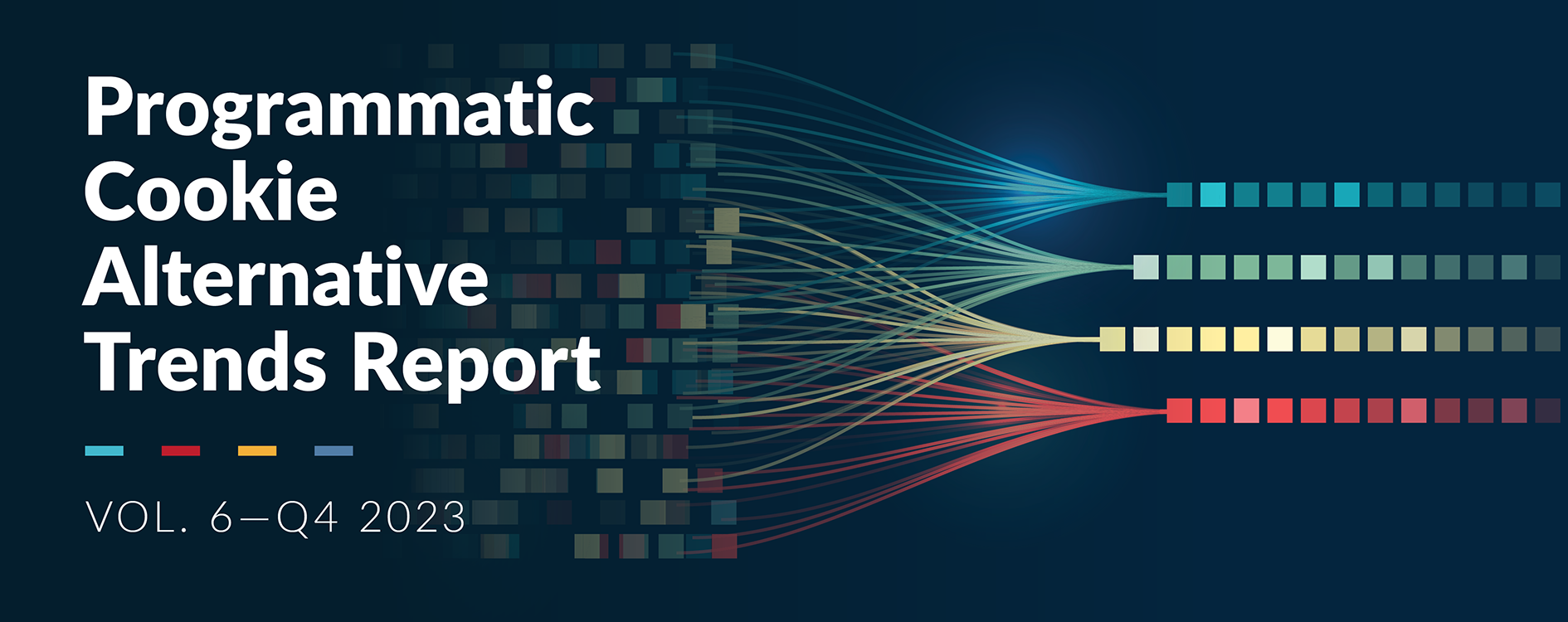Last week, 33Across traveled to Austin to attend Digiday’s Programmatic Marketing Summit to hear from brands, agencies, and partners. Along with the warm weather, surplus of barbeque, and local beers, Austin did not disappoint with the discussions surrounding transparency, in-housing, and brand safety.
Transparency
The mother of all subjects in the programmatic space, it seemed as though everyone agreed that if we could solve the transparency issue, we could reduce the ad tech tax (associated fees from each company in a single media buy), increase media budgets, and create a more brand safe environment. While the ecosystem as a whole is working towards greater transparency across the supply chain, 70% of buys are happening across 3 major players. When walled gardens or even community gardens (as Xander has dubbed itself) owns the technology, inventory, and data makes full transparency nearly impossible in the short-term.
Taking Programmatic in house
In-housing continues to gain traction as more brands have transitioned into taking a portion, if not all of their programmatic spend, in house. Since this topic continues to grow in importance, we heard perspectives from both brands and agencies.
The big win – taking programmatic in house can save you big bucks and for Bayer, that savings came to a tune of $10MM. While direct to consumer companies have been in the spotlight for their early adoption of in-housing, it’s worth noting that 90% of this budget is on Facebook and Instagram. In many cases, it’s the legacy brands that are more adept at programmatic.
While the payout of in-housing can be huge, brands need to consider the learning curve, education, and training to get there. For many, the agency role is to provide, advise, and curate their ad tech investments. Let’s face it, the Lumascape is still overwhelming so having an advisor to discuss your goals and figuring out the logical path to get there is imperative early on.
Brand Safety
While most marketers are in agreement that safety measures are necessary for their brands, can restrictions also hurt campaign performance? From a scale perspective, most definitely, but how do you continue to put the proper restrictions in place and optimize? Sarah Polli from Hearts & Science discussed how brand safety should not just be set it and forget it. She noted that whitelisting and blacklisting sites is an ongoing process and that their human verified approach has helped increase reach and ease brand safety fears.
Overall, the Digiday Programmatic Marketing Summit provided a great opportunity to connect with leading brands and agencies and hear their most pressing issues. If it wasn’t already clear , the themes of transparency and in-housing will continue to top the list for the foreseeable future.
Learn more about how 33Across’ AttentionX can help drive deeper engagement and better ROI programmatically.








